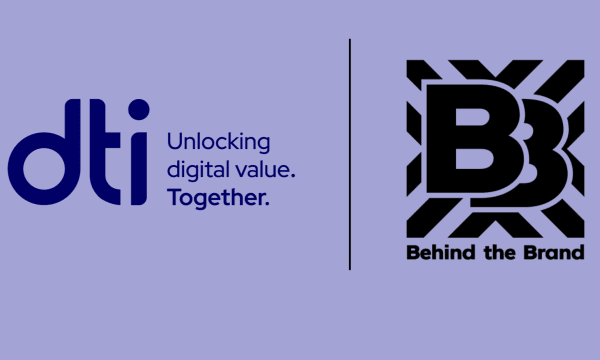Welcome to the second instalment of our 'D2C Fundamentals' series. Building on the tips for D2C success we set out in the first episode, we will now explore five “core fundamentals” that can make or break your D2C venture:
Exploring D2C fundamentals
A closer look at the five core fundamentals that can make or break your D2C venture
EPISODE 2: Exploring D2C Fundamentals
1. Technology & Data
Selecting the right tech stack is critical to delivering success in today’s digital landscape, as it influences everything from user experience to scalability and operational efficiency.
Before running a vendor selection process, consider these questions:
- Will your tech teams play an active role in the development of your D2C platform?
- What is the channel complexity of your D2C business? Multiple markets? Physical stores?
- If you’re starting from scratch, could an out-of-the-box solution deliver what is needed before scaling to an enterprise-grade solution?
If you are looking for support in running a D2C Tech vendor selection, we can help, so get in touch.
To support the technology solution, we recommend building a data measurement framework. A data measurement framework allows you to collect, analyse, and interpret data to make informed decisions, and to identify what's working and what needs improvement, therefore continuously enabling you to refine your D2C strategy. While there’s no set formula for what a measurement framework looks like, below is a high-level example of our approach to taking a strategic business goal and breaking it down into measurable KPIs.
For more information on how to form a measurement framework, reach out to our Data & Analytics Practice.
2. Creative & Customer Experience
Research shows that, even if people love a company or product, 59% will walk away after several bad experiences, and 17% after just one bad experience according to PwC. This showcases the importance of a strong customer experience.
A seamless shopping experience, personalised post-purchase engagement, and responsive customer support are strategies that can deliver a sustainable competitive advantage, bolster customer satisfaction and increase repeat purchases.
At the same time, creative branding and marketing can help to attract and engage customers, foster recognition and boost loyalty.
3. Trading & Commercial Performance
Your D2C model needs a clear customer proposition that highlights a compelling reason for consumers to purchase through your site over the many other options available. Identifying your USPs and building a commercial strategy around them will help you to stand out and validate a purchase decision.
There are three key steps to enable successful execution of a D2C commercial strategy…
- Robust trade planning that supports the customer proposition and aligns to key internal and external calendar events.
- Establishing governance of long-term objectives whilst negotiating short term market conditions.
- Establishing reporting tools to identify KPIs, track site performance and draw actionable commercial insight.
4. Logistics & Operations
When 48% of consumers confirm that, when it comes to delivery, the number one change would be “faster delivery”, they’re not pointing at Amazon. In fact, marketplaces like Amazon have set the benchmark for delivery. So, in order to drive retention and loyalty, brands must ensure that the last mile delights customers and encourages repeat purchases.
With last mile delivery accounting for up to 50% of supply chain costs, logistics and operations are the backbone of D2C. Getting it right can lead to long-lasting customer satisfaction and have a huge impact on your profitability and brand perception.
Before you choose delivery and logistics partners, identify your fulfilment needs and scalability requirements.
Define your planning processes and communications channels early and embrace technology to optimise demand planning, stock levels, and minimise wastage.
Finally, invest in a customer service solution that provides multiple channels of communications and identify where automation and AI can simplify the customer experience.
5. Media
Media serves as a crucial bridge between brands and their target audience. In the realm of D2C, where initial access to detailed customer data on demographics, buying behaviours and preferences might be limited, employing these D2C media fundamentals can help enhance media efficiency:
- Establishing and building a robust analytics and tracking system to gather relevant data and to measure the performance of media campaigns.
- Leveraging data for enhanced insights into customer demographics, buying behaviours and preferences to help create highly targeted campaigns to reach the right audience with personalised messaging to drive customer loyalty, optimise media spend and maximise the impact of advertising.
- Ongoing optimisation by analysing media performance data to allocate media spend to the most effective channels and campaigns leading to improved ROI.
As brands progress in their D2C journey, the systematic accumulation of customer data and insights can contribute to more personalised campaigns that can help brand solidify their presence, form meaningful connections with customers and drive sales by directly engaging with their target audience.
If you’d like to explore any of these issues further, connect with us here.
Any questions? We're here to help
Please provide your contact information to continue.
Related Content

VML Celebrates Six Wins at the Brandon Hall Group Excellence Awards



